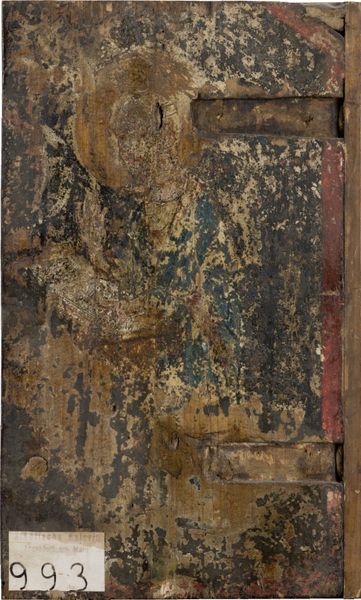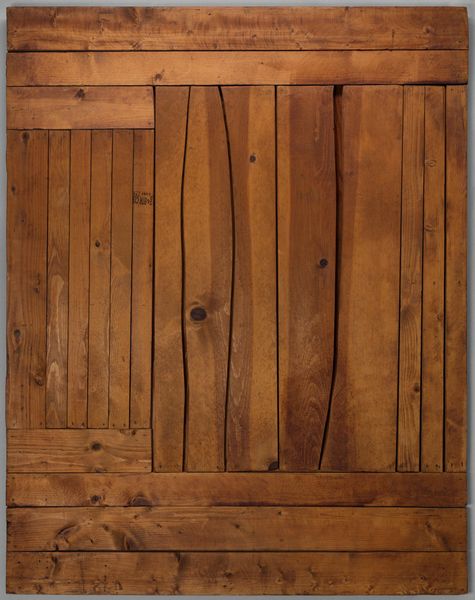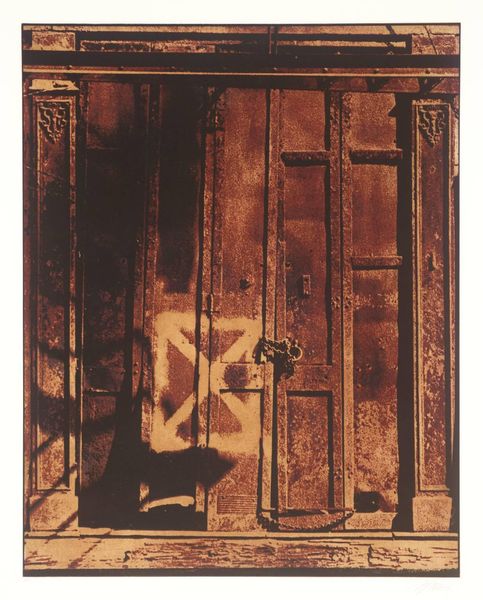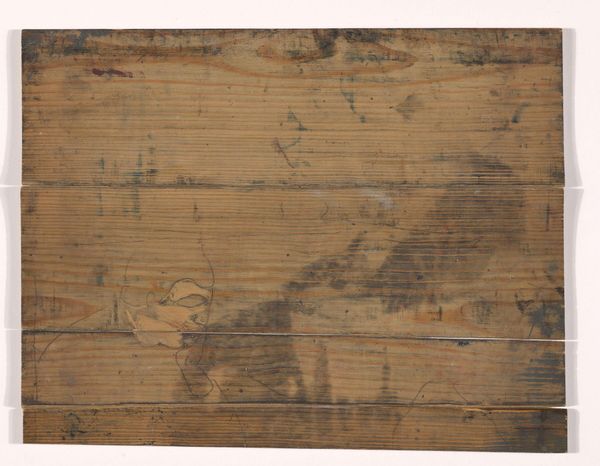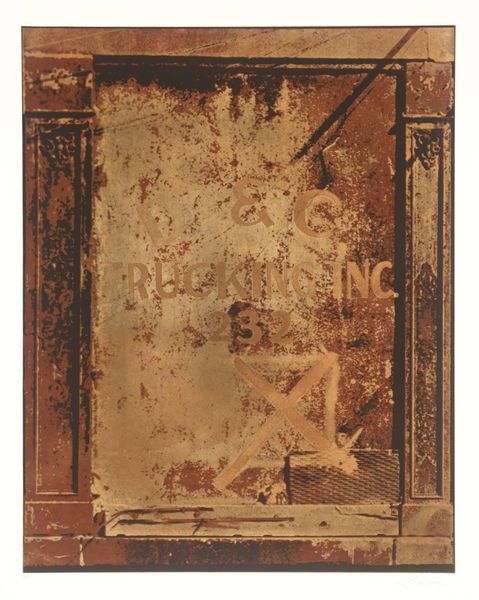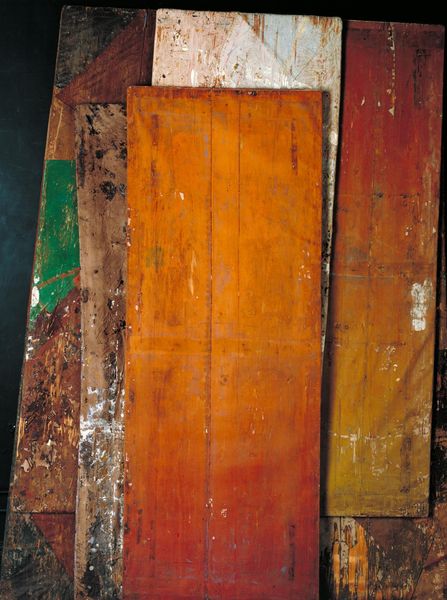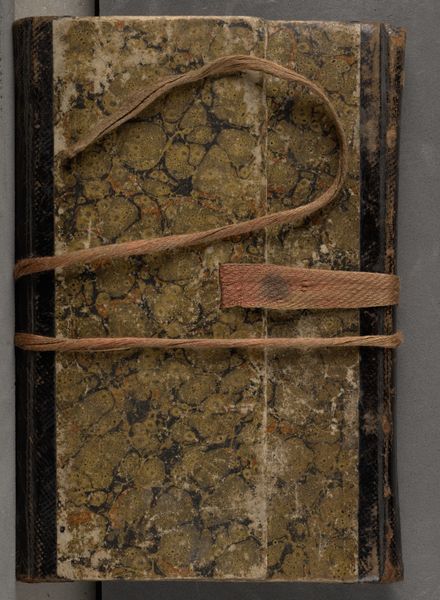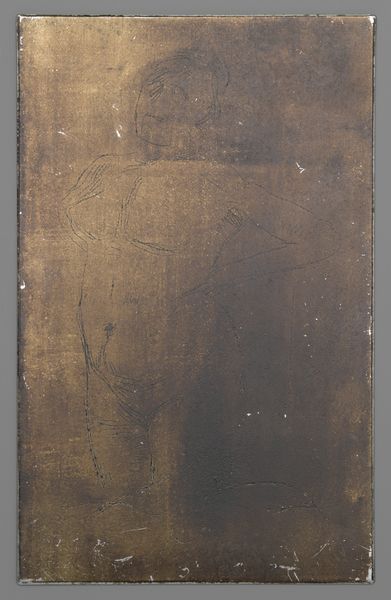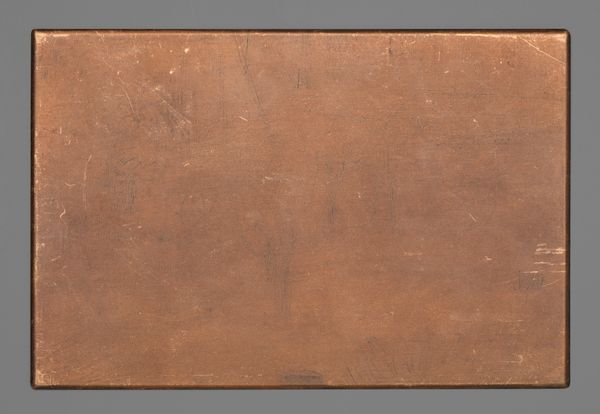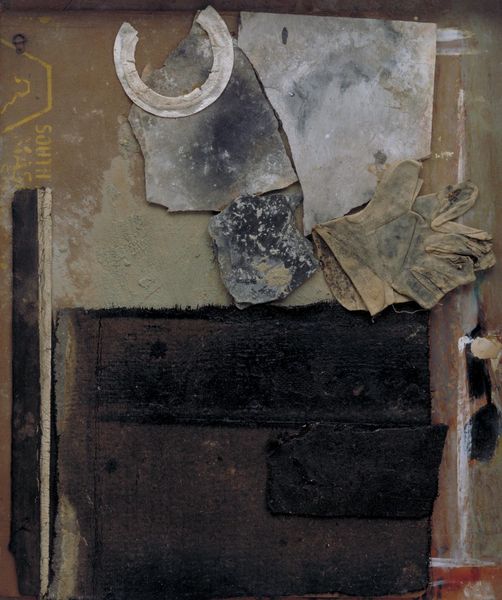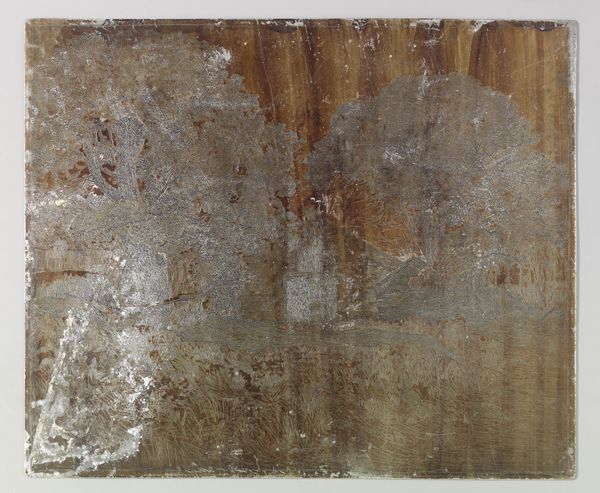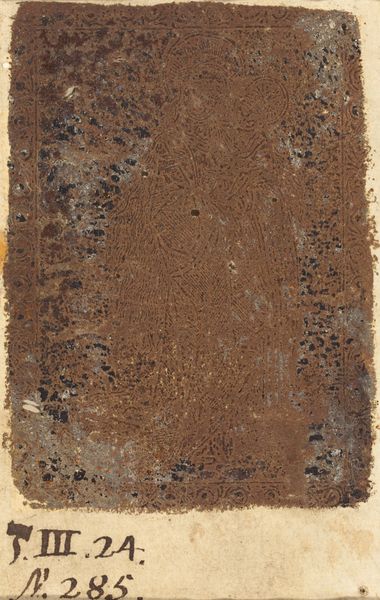
mixed-media, panel, wood
#
mixed-media
#
medieval
#
panel
#
water colours
#
12_15th-century
#
wood
#
mixed media
Dimensions: 30.2 x 17.3 x min. 1.2 cm
Copyright: Public Domain
Curator: This compelling fragment, entitled "Angle of the Annunciation," dates back to around 1400 and now resides at the Städel Museum. Editor: Well, "compelling" is one word for it! It’s... distressingly incomplete. You can feel the weight of what's been lost, not just visually, but also, potentially, in terms of historical narrative. Curator: Indeed, but that destruction also speaks volumes. Originally a mixed-media work on a wooden panel, its ruined state reflects not only the passage of time but perhaps shifts in religious and social attitudes. Medieval art wasn't always revered, you know. Think iconoclasm and reformation movements. Editor: Absolutely. Its state also brings up questions of preservation and what we choose to save—or discard—and whose stories get prioritised. The Annunciation is such a loaded scene in art history, fraught with gendered power dynamics. What could this fragment, as part of the whole, have told us about female agency? Curator: It's intriguing to consider how this "Angle," this messenger of divine will, figured in that narrative. Was Mary a central, active participant, or a passive recipient? The artistic choices in the now-vanished composition likely spoke volumes about societal expectations. Editor: The colours that remain, though faded, seem unexpectedly muted. Almost as though they, too, are mourning the piece’s incompleteness. I keep thinking of the socio-political influences embedded in artworks during its original cultural setting. Curator: The loss invites that speculation, doesn't it? Even its anonymity speaks to the often unacknowledged labour of medieval artisans. Understanding the visual language of this period is key. Editor: Precisely, situating the piece inside the complex systems it participated in. As it is now, it evokes something more like a haunting absence, which makes its very survival... almost defiant. It demands we ask bigger questions. Curator: Precisely. Even as a fragmented artifact, it keeps whispering critical truths if we decide to lend an ear. Editor: Ultimately, looking at the piece’s ruined state, it seems a great reminder of art's power and vulnerability—and also the critical responsibility of stewardship.
Comments
No comments
Be the first to comment and join the conversation on the ultimate creative platform.
